|
118. Boloria selene (Denis & Schiffermüller, 1775) / Small pearl-bordered fritillary / Nymphalidae –Heliconiinae
NL: zilveren maan / D: Braunfleckeriger Permutterfalter, Sumpfwiesen-Perlmutterfalter / F: petit collier argenté
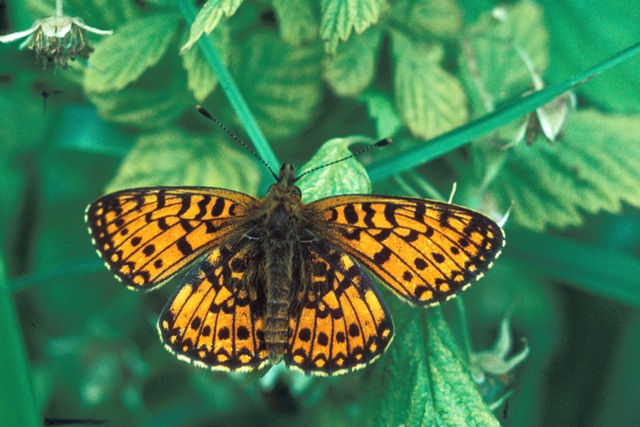 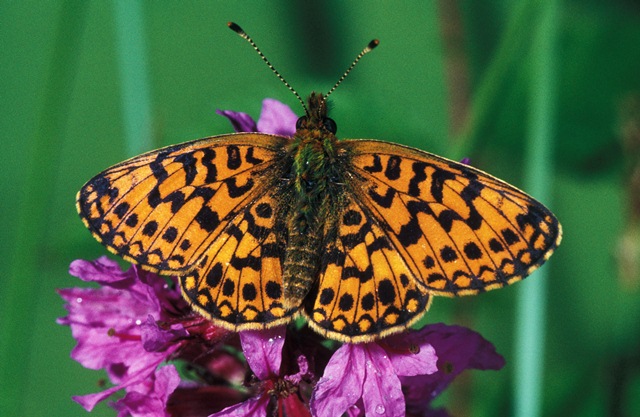 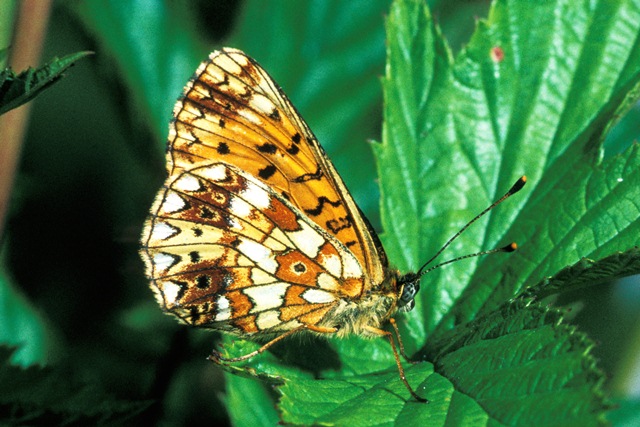
Photographs: Frits Bink ©.
Medium-sized, wing length 20 (18-23) mm. It occurred widely in the Benelux on marshy sites where its main food plant Viola palustris grew but today it has disappeared from many places. In the Netherlands it was formerly a widespread species but is now restricted to a few nature reserves. It also occurs in the dunes on the island of Terschelling where it feeds on Viola canina, a species which is less suitable as host-plant in the late summer thus a second generation will be less successful.
Butterfly is on the wing from mid-May until late-August, and peaks in the lowland end-May and early-August and in the Ardennes end-June. The species is known from maritime and severe continental climates, amplitude 6 to 20. Required heat sum 450°d and tolerated 1800°d, corresponding climate windows 20 weeks and 35 weeks.
The species is also known from subarctic climates of northern Europa where the range in heat sum is about 80°d and 300°d, thus a different life cycle may be expected there.
Ecological characteristics
Behaviour over time
Overwintering: larva usually in third instar, but second and fourth have been observed, in the litter layer.
Reproduction: oviposition starts after 3-4 days when the body contains 120 (92-180) eggs, potential production 1.7 times as much.
Larval feeding periods: summer brood 24 (18-30) days in period June and August, the overwintering brood about 25 days in the autumn and in spring 30 (25-47) days from early-April until end-May.
Generations: variable, one up to three depending on the summer warmth.
Spreading of risk: flexibility in diapause and also repeated diapause up to 20%, even when it is very warm in summer.
Life cycle: egg 6 (5-8) days; larva in summer four weeks, in overwintering 29-47 weeks; pupa 12 (8-15) days.
Life span of adult: rather long, 3 weeks.
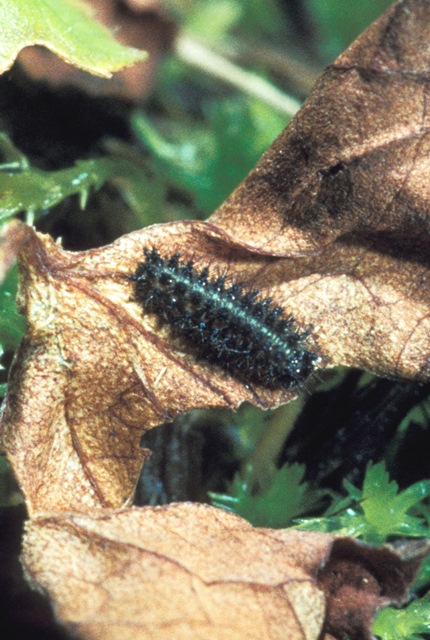 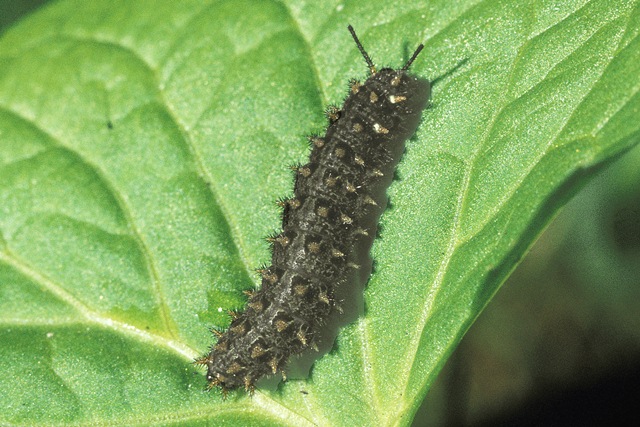
Photographs: Frits Bink ©.
Behaviour in space
From stay-at-home to migrant: stay-at-home, spatial requirement very modest.
Finding a mate: male patrols but also congregates with females on flowers, e.g. Lythrum salicaria.
Orientation in the landscape: basically on edges between tall and short grass in a swampy environment.
Oviposition: individually on the underside of a leaf.
Defence
Threats from other organisms: larva is armoured with spiny bristles.
Threats from the environment: the species is only known from humid places, so it is clear that it is vulnerable to drought.
Feeding habits
Adult: nectar of all kind of flowers.
Larva: moves frequently around, looking for another hostplant.
Larval foodplants
Plant species: Violaceae, Viola calaminaria, V. canina, V. palustris, V. persicifolia.
Journal
Rearing experiment based on specimen from Baraque Michel, Fagne Tirifaye, Belgium:
21 June 1994: female captured, started to oviposit two days later, died 20 days later and had laid 150 eggs.
15 July: biggest larva pupated, smallest one in second instar. Very warm period, room temperature up to 28°C.
20 July: total of 34 pupae collected, 12 second instar larvae, one third instar.
21 July: pupal weights 134 ± 21 mg (n=33).
22 July: first adult appeared.
28 July: 47 adult butterflies had hatched. 20% of larvae entered diapause even when it is very warm with long daylight.
19 August: three larvae out of the 13 in diapause started to feed again.
Table 118-1. Results of dissections

Table 118-2. Collection and observation localities
B, Baraque de Fraiture, 550 m, 50° 14’ 32”N – 5° 46’ 58”E; 2 August 1980.
B, Baraque Michel, Fagne Tirifaye, 50° 30’ 22”N – 6° 04’ 32”E; 21 June 1994.
B, Ethe, 240 m, 49° 36’ 25”N – 5° 35’ 50”E; 19 June 1983, 11 July 1984.
D, Meetschow, 53° 02’ 32”N – 11° 23’ 32”E; 22 June 1984.
DK, Ørnhej, 56° 13´ 06”N – 8° 34´ 00”E; 13 June 2004.
EST, Viruna, 58° 28’ 51”N – 23° 58’ 32”E; 5 July 1999.
GB, Aviemore, 57° 12’ 14”N – 3° 50’ 20”W; 9 July 1981.
F, Vosges, Hohneck, 1283 m, 48° 02’ 15”N – 7° 00’ 55”E; 23 July 1983, 22 August 1984, 21 July 1986.
F, Vosges, Tourbière de Machais, 980 m, 48° 00’ 21”N – 6° 57’49”E; 24 July 1983.
NL, Weerribben, Kalenberg, 52° 46’ 57”N – 5° 56’ 42”E; 2 August 1981.
S, Gotland, Folhammar, 57° 20’ 49”N – 18° 44’ 12”E; 19 June 2004.
S, Öland, Stenåsa, 56° 32’ 44”N – 16° 36’ 43”E; 7 July 1982, 21 July 2004.
Fig. 118-1. Boloria selene, phenogram adapted from Bos et al. 2006: 312 (darker part) & Fichefet et al. 2008: 189 (lighter part).
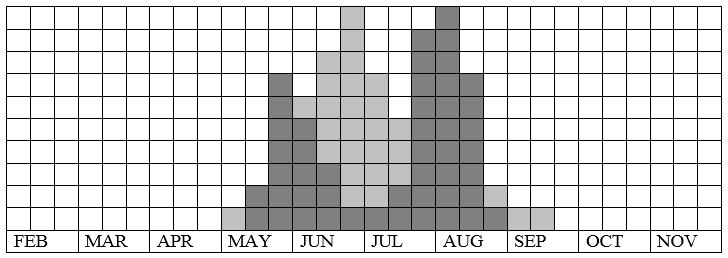
Fig. 118-2. Boloria selene, habitat characteristics.
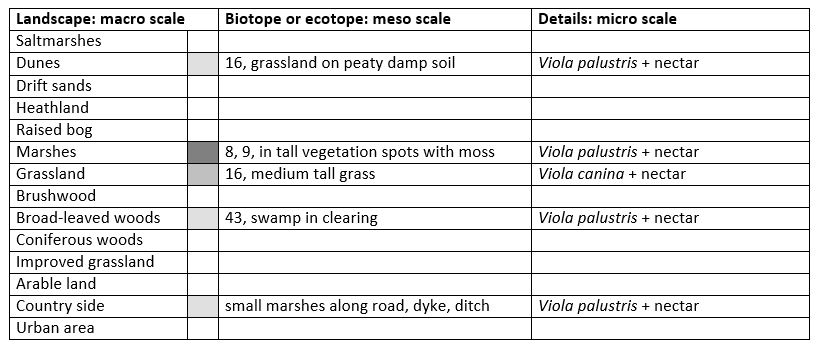
Fig. 118-3. Boloria selene, climate matrix, heat-sums 450 - 1800°d.
Boloria selen hela, heat-sums 80 - 300°d (darker part).
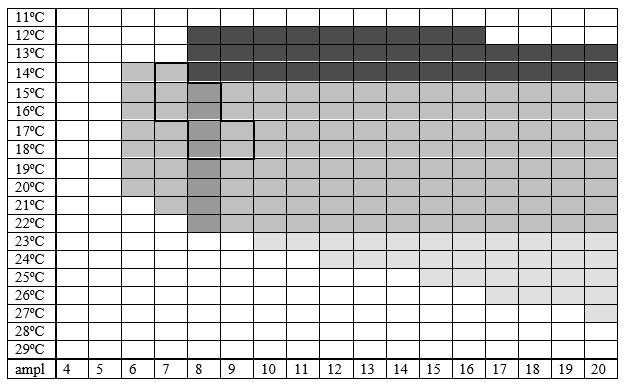
|










